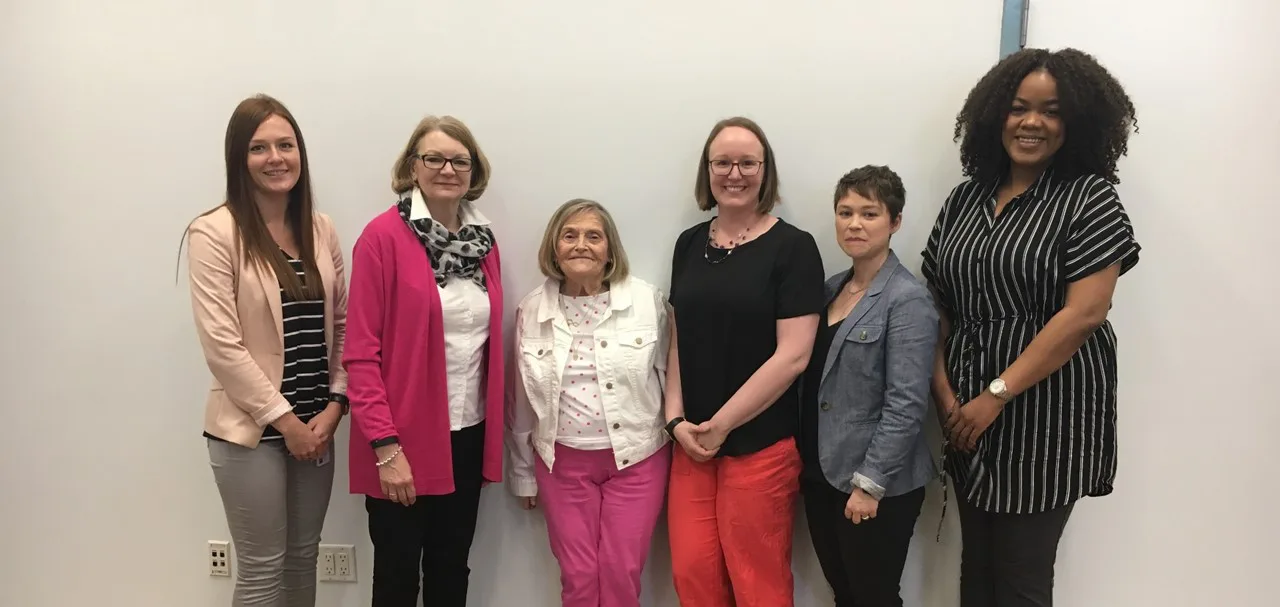OSTEOPOROSIS LTC GUIDELINES
About Us
Osteoporosis Strategy for Long-Term Care gives healthcare professionals, older adults, and their families access to quality information and resources regarding osteoporosis and fracture prevention.
Who We Are
Funded by the Ministry of Health & Long-Term Care, the Ontario Osteoporosis Strategy for LTC is a province-wide program of outreach activities aimed at increasing awareness about fracture prevention specifically in LTC, with a focus on the importance of appropriate vitamin D and calcium intake, and on falls prevention.
Since the implementation of the strategy in 2007, prescribing patterns in Ontario LTC homes have seen changes. Vitamin D prescribing – in particular – has increased by 40%, which may have an impact on falls and fracture reduction.

Why We Need a Strategy
- Osteoporosis is the single greatest cause of fractures among Ontarians over 50
- 57,000 osteoporosis fractures every year in Ontario, costing approximately $500 million in acute and long-term care
- We need a framework to prevent the disease and improve the lives of residents of Ontario

How We Work
Research & Innovation
- We use cutting-edge research and innovation to inform education in healthcare and influence practice
Partnerships
- We mobilize best evidence to best practice by forming key partnerships to drive change in older adult care
Provincial Reach
- We integrate knowledge and practice to share with partners, healthcare professionals and older adults across the province

Osteoporosis Long-Term Care
What You Need to Know
- Osteoporosis does not develop overnight. You can lose bone mass steadily for many years without experiencing any symptoms or signs of the disease until a bone fractures.
- Fractures cause pain, agitation, immobility and transfers to hospital among frail older adults living in the community and in long-term care.
- Hip fractures in frail older adults can cause long-term pain and erode their quality of life. Breaking a hip changes everything about a person’s life. A person will go from being able to do what they enjoy, to being incapacitated, experiencing disabling pain, loss of control, loss of mobility and independence.
- Up to 30 per cent of residents in long-term care have vertebral fractures.
- Those with hip or vertebral fractures have substantially increased risk of death after the fracture.
What You Can Do
- Talk to your health provider if you are concerned about becoming frail or are caring for a parent who may be frail. It is important to determine if you or your parents are at risk of falls and fractures.
- Consider calcium and vitamin D supplementation. Osteoporosis Canada recommends 1200 mg calcium intake through diet. If this requirement is not met through food, consider 500 mg calcium/day via supplements. Vitamin D intake should be between 800-2000 units/day, in older adults.
- Consider exercise that improves strength and balance – for example – weight-bearing exercise, Tai Chi, etc. It is important to talk to your health provider to help you identify safe ways to exercise.
- Consider wearing hip protectors. Hip protectors are designed to prevent hip fractures as a result of a fall.
- Consider ways to make your living environment safe to prevent falls, for example anti-slip shoes and surfaces, walk bars, etc.